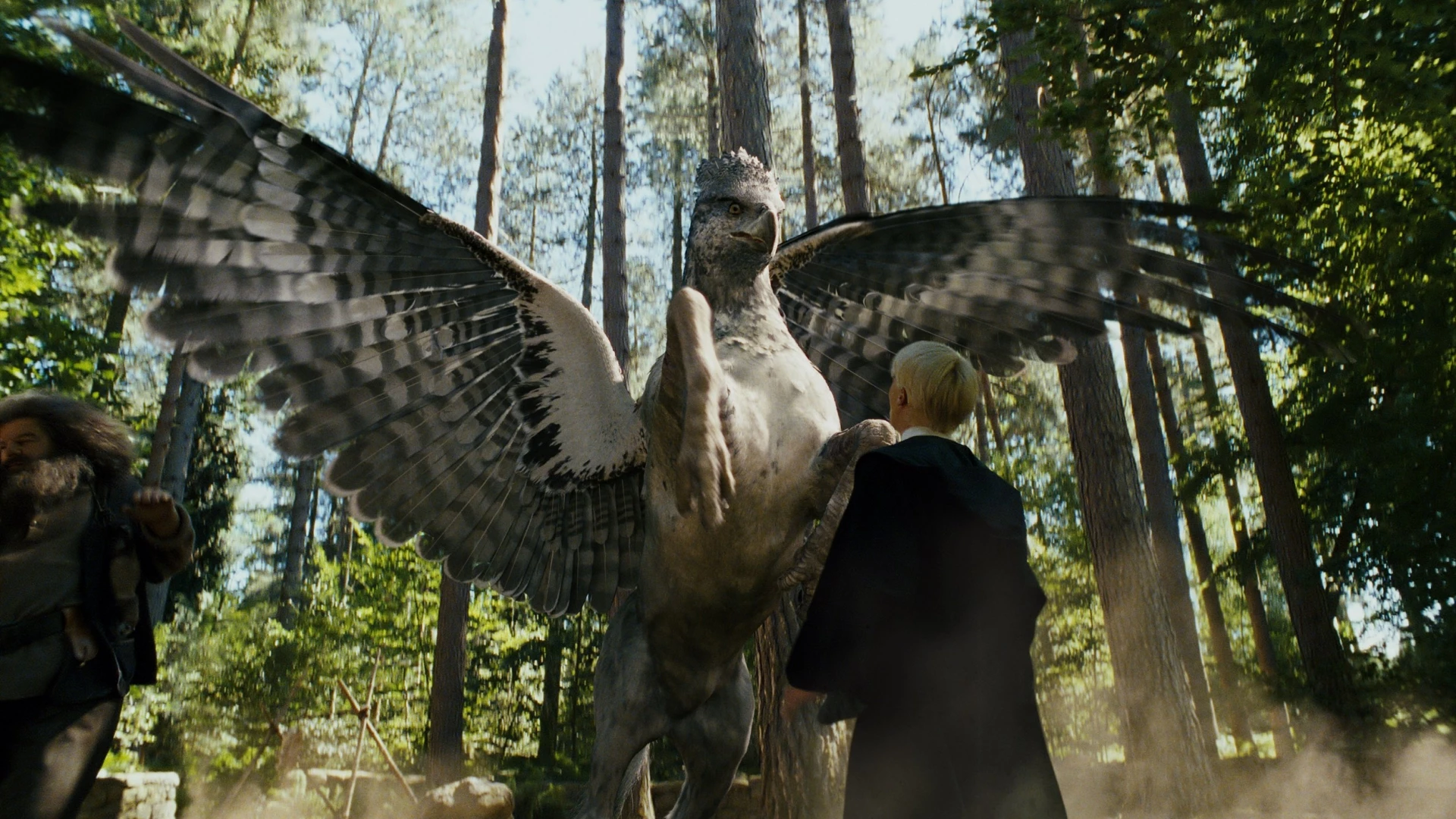The Harry Potter series has always been known for its magical world-building and fantastical creatures, but it was the VFX team that brought these elements to life in a way that had never been seen before. And fans still love to dive into the behind-the-scenes work that went into creating the incredible visuals of the wizarding world. From the intricately designed creatures like Buckbeak and Dobby to the awe-inspiring Quidditch matches and spell-casting duels, the VFX in Harry Potter played an integral role in bringing J.K. Rowling's magical universe to life on the big screen.
So join us as we journey back to Hogwarts and discover how the VFX revolutionized the beloved wizarding world forever. We are excited to explore the groundbreaking visual effects (VFX) that made Harry Potter one of the most visually stunning film franchises of all time. Let's scroll down and check them out!
#1. MINIATURE HOGWARTS — HARRY POTTER AND THE SORCERER’S STONE (2001)
 Source: Warnerbros.
Source: Warnerbros.
In nearly every one of the Harry Potter films, exterior views of the iconic Hogwarts School of Witchcraft and Wizardry were conducted via enormous miniatures. The little castle-like structure was produced by dozens of Cinesite effects artists.
In the original movie, the school was around 50 feet across and had more than 2,500 fiber optic lights. Hogwarts would eventually be transformed into a digital replica created by the studio Double Negative so that it may be largely destroyed in Harry Potter and the Deathly Hallows: Part 2.
#2. FLYING FORD ANGLIA — HARRY POTTER AND THE CHAMBER OF SECRETS (2002)
When Harry and Ron miss the train to Hogwarts, they get there in this flying (and occasionally invisible) vehicle. However, things quickly go wrong as they nearly get hit by a train and then crash into the Whomping Willow.
The VFX company MPC also produced a computer version that flawlessly matched the real car for more dramatic flying—and crashing—scenes, even though a genuine automobile was built and recorded on location and in a studio.
#3. BUCKBEAK — HARRY POTTER AND THE PRISONER OF AZKABAN (2004)
 Source: Warnerbros.
Source: Warnerbros.
The franchise's VFX teams had to reach a new standard in order to create Hagrid's Hippogriff Buckbeak. The CG horse-and-eagle hybrid that some of the protagonists rode was created by Framestore.
To do that, a hydraulic rig filmed against a green screen produced the necessary movements, and then a digital model with feathers and fur was produced. Even the riders had access to digital technology at times.
#4. THE HORNTAIL DRAGON CHASE — HARRY POTTER AND THE GOBLET OF FIRE (2005)
Competing in the Triwizard Tournament, at one point Harry had to retrieve the golden egg guarded by an angry Horntail dragon. Industrial Light & Magic drew on its extensive experience in dragon crafting to bring this creature to life.
The scene is complicated by a wild broom chase across the rooftops of Hogwarts, rendered digitally.
#5. THE DUMBLEDORE VS. VOLDEMORT BATTLE — HARRY POTTER AND THE ORDER OF THE PHOENIX (2007)
By the time the fifth film of the series arrived, fans were eagerly anticipating a showdown between Dumbledore and Voldemort, two of the most powerful wizards. And in the Ministry of Magic, they won it in a battle that featured plenty of fire, water, and spark-related special effects.
Reshaping Ralph Fiennes's snout to be more snake-like in order to portray Voldemort was another big piece of the VFX work done here.
#6. QUIDDITCH — HARRY POTTER AND THE HALF-BLOOD PRINCE (2009)
 Source: Warnerbros.
Source: Warnerbros.
We had already witnessed a few frantic Quidditch matches up to this point, which was filmed using blue screen photography and unique broomstick gimbals along with digital effects.
As a result of MPC's use of both actual photography and CG digital doubles to create even more frantic gameplay, Quidditch underwent a significant transformation in Half-Blood Prince.
#7. THE DEATH OF DOBBY — HARRY POTTER AND THE DEATHLY HALLOWS – PART 1 (2010)
Have the audience ever cried this much before the death of a CG character? Dobby's emotional death is a miracle in giving one of the series' most beloved characters a tearful farewell. Framestore augmented scenes by Daniel Radcliffe holding a body twice the size of Dobby and a dummy with a fully digital house-elf.
What makes it even more convincing are new ways to simulate subsurface skin and deliver realistic fabric movement.
#8. THE GRINGOTTS DRAGON — HARRY POTTER AND THE DEATHLY HALLOWS — PART 2 (2011)
We can't also ignore another dragon in the series, this time the one Ron, Harry, and Hermione encounter underneath Gringotts Bank, which they then ride to safety. Double Negative modeled, animated, and rendered the emaciated dragon a particularly pale skin, although it was ferocious enough to still breathe great fire. The VFX studio's model was even used by the actual effects team to laser cut a portion of the dragon's back for the actors to sit on during filming.
What do you think about the Harry Potter revolution of VFX? Let's share your opinion with us in the comments!